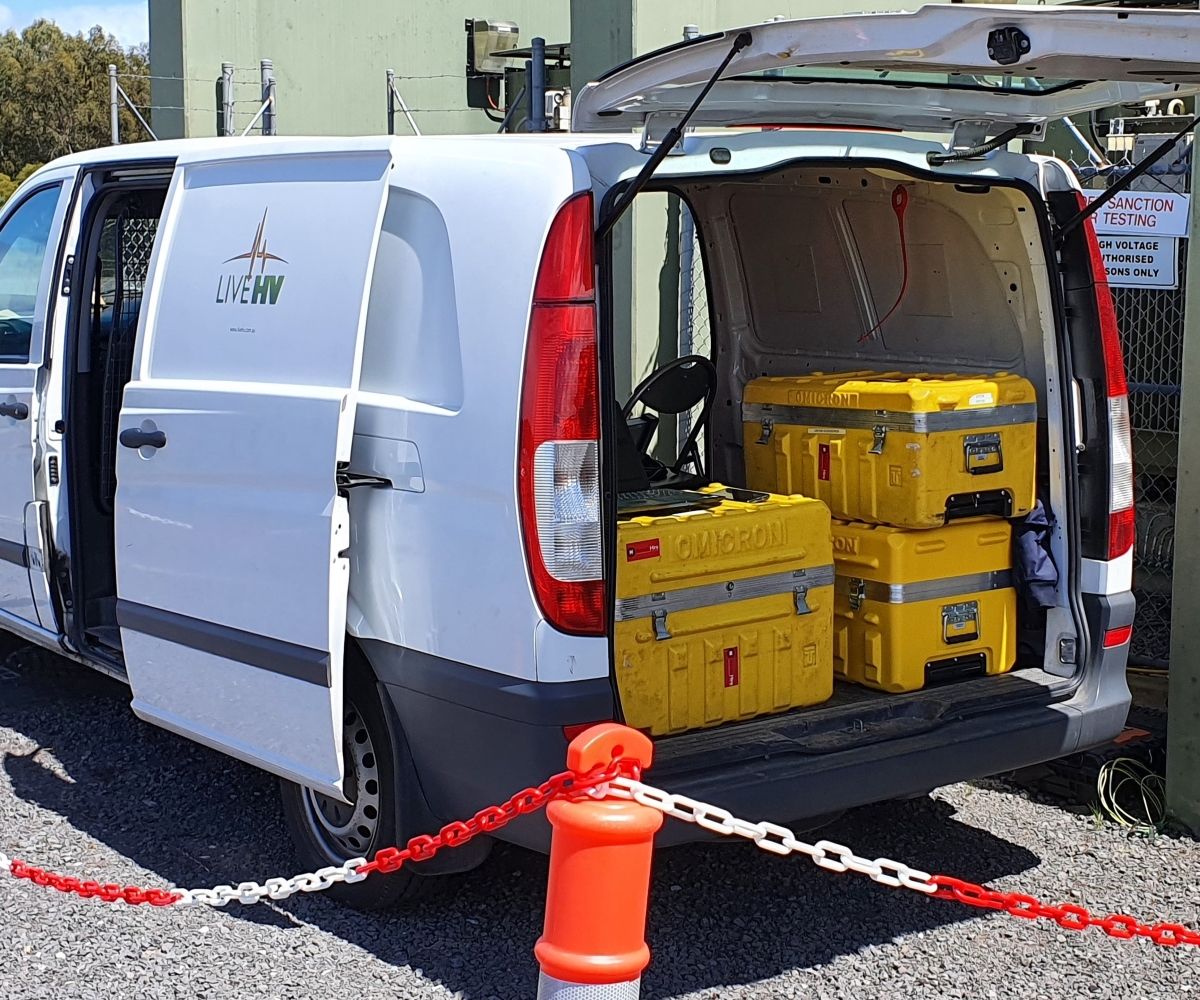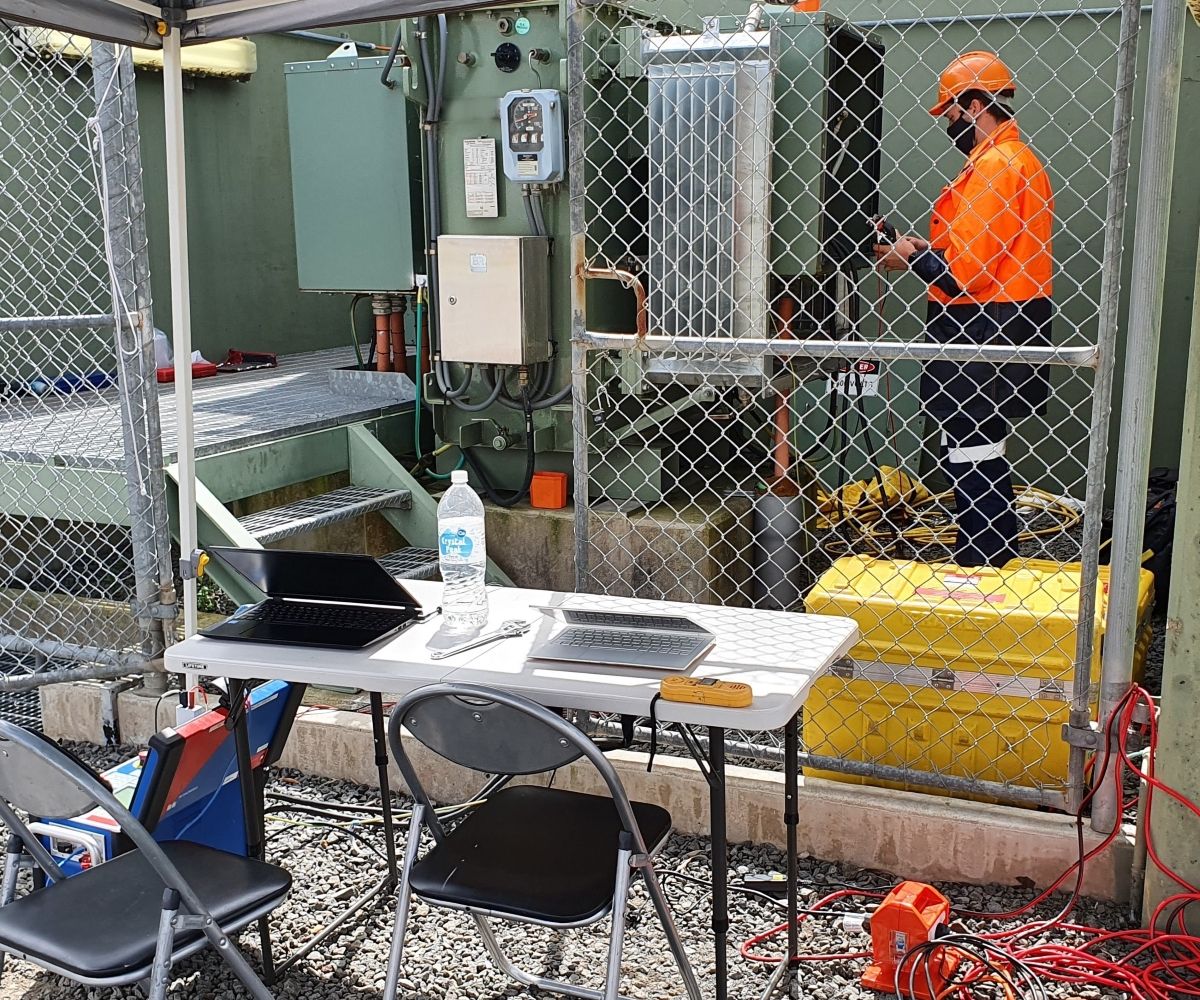Shutdown Maintenance
The Project
HV maintenance testing on a range of assets was undertaken during the scheduled sitewide shutdown at a gas plant. Assets included in the prescribed maintenance were 7 transformers, HV breakers and relays along with LV breakers and relays. LIVE HV performed this testing in addition to providing the installation and commissioning of a new 22 kV 10 MVA distribution transformer and REFCL readiness testing on a 22 kV switchboard and cables.
Key Results
- Issue with protection relay (alarm/trip) identified (had gone unnoticed since 2015 install)
- Discharging transformer identified
- Switchgear, transformer & REFCL testing and maintenance all completed within shutdown window
- Report provided immediately onsite following testing, actionable faults able to be remedied during the shutdown, i.e. no need for unplanned outages
The Testing
Maintenance testing on the transformers included an inspection, oil sample, full suite of electrical testing and functional testing.
Maintenance on the LV and HV circuit breakers included an inspection, maintenance on the mechanism, secondary and primary injection.
The Findings
Transformers
Discharge was identified on one of the transformers and that is now being monitored.
During functional testing an issue was identified regarding the oil temperature protection relay of one of the transformers. The sensor alarm and trip points were reversed, so rather than the alarm preceding the trip function, the transformer would incorrectly trip once the alarm temperature setting was reached.
The general inspection of the transformers highlighted some minor issues. Rusting of some peripheral items was evident. Additionally, some oil temperature gauges were opaque due to the ingress of humidity.
Switchgear
All switchgear was maintained and protection checked. REFCL testing was performed on the HV switchgear and cables and the site was determined to be ‘REFCL ready’.
While testing was performed, results were analysed by LIVE HV’s onsite lead engineer. Test reports were compiled alongside the testing and submitted during the shutdown. The benefit of concurrent testing and reporting meant that any actionable repairs were able to be performed immediately, during the shutdown. This alleviated the need for future unplanned outages to perform repairs on any acute issues identified.



